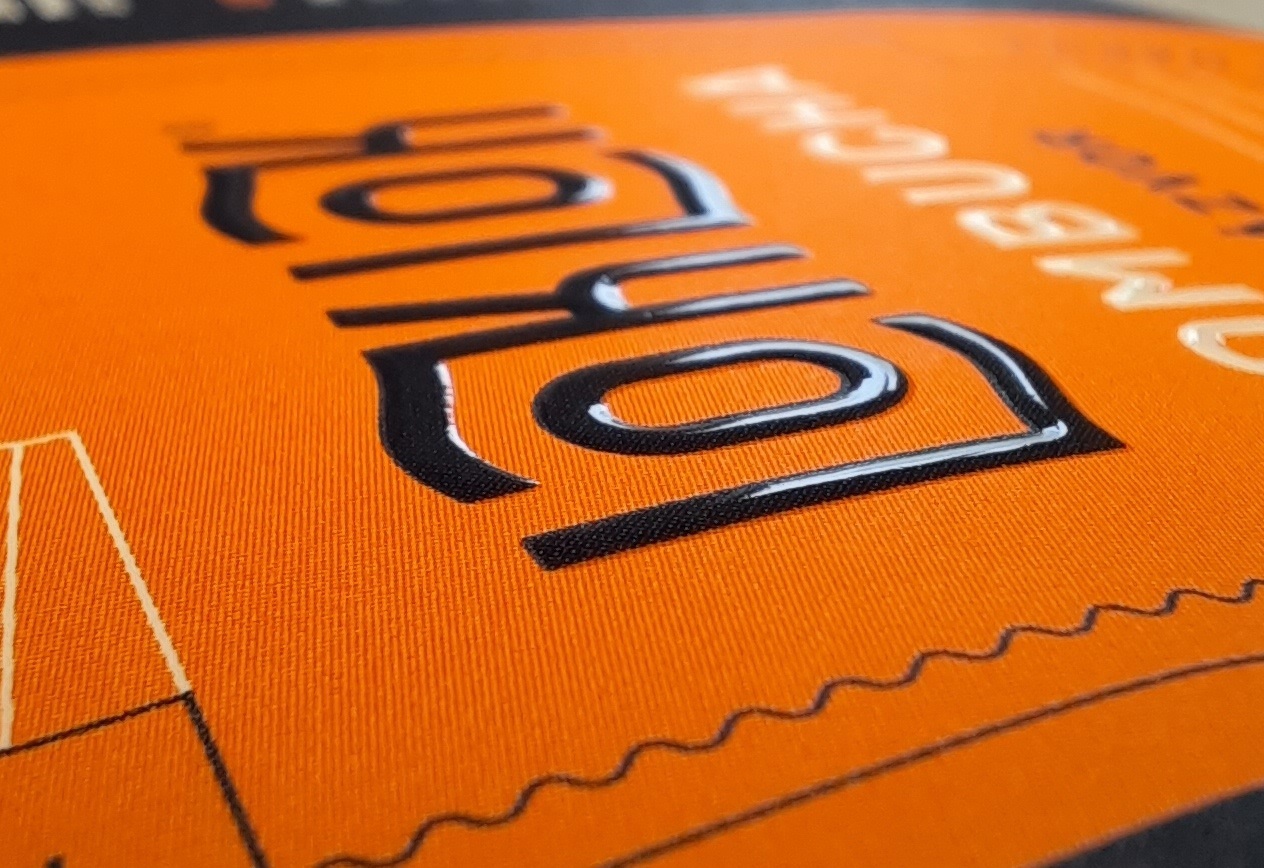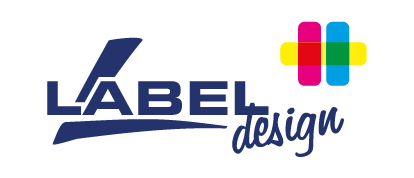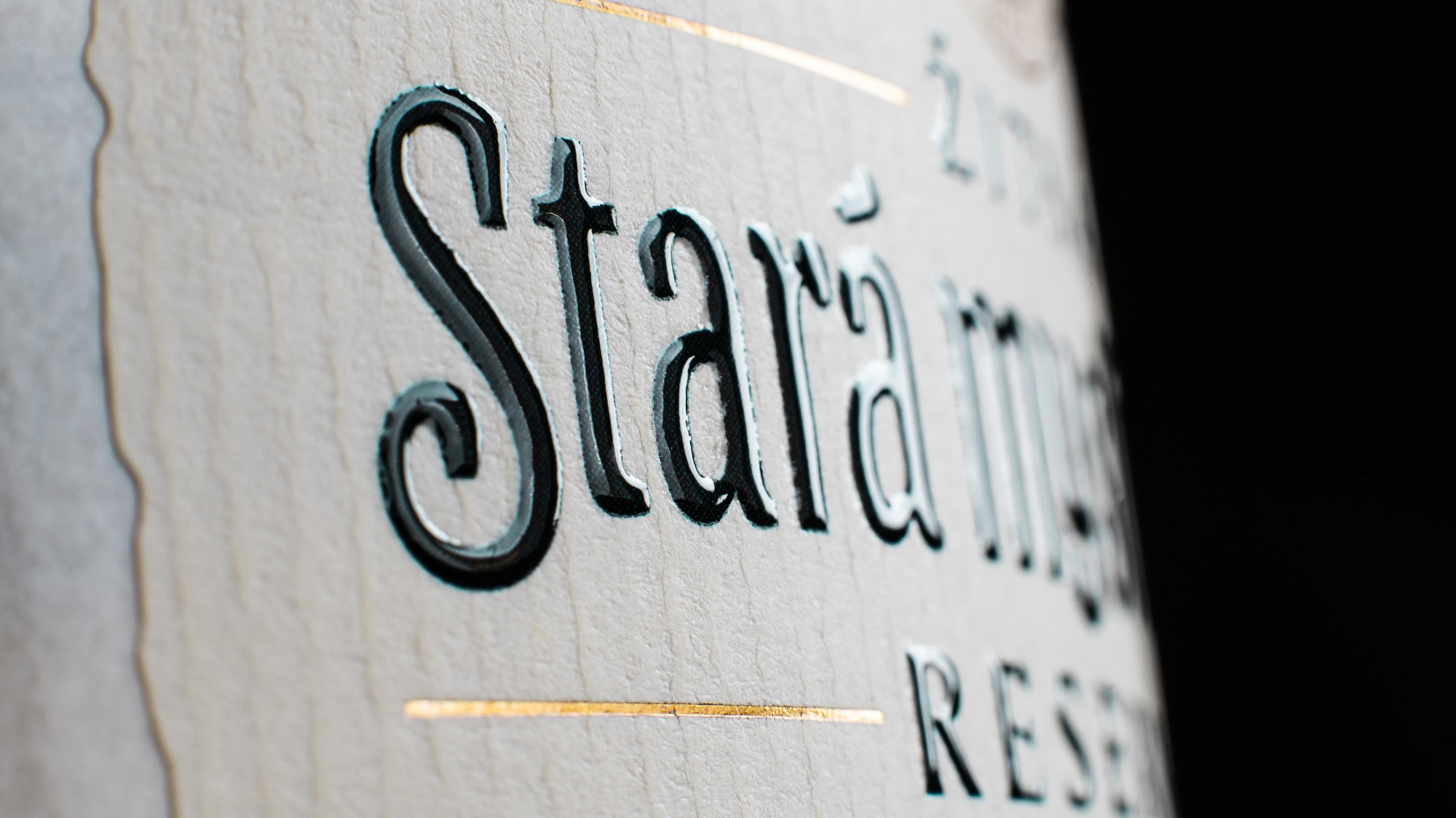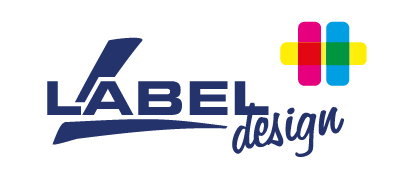You have already encountered glowing UV screen printing varnish in our previous article focusing on special effects. Now we will show you that the magic of this varnish is not only in its glow. Screen printing embossing adds a touch of flair to labels in the form of a 3D effect. It mainly used to refine and highlight the plasticity of labels.
It All Starts with a Sieve
As you know, screen printing requires its own mold, which is technically called a screen. Paint or varnish is pushed through the screen, which serves as a stencil, onto the material underneath. A mesh made of natural or artificial silk, polyester, polyamide, or metallic fiber is stretched over the frame of the mold. Special screen-printing molds are custom made for the printing presses, based on the specific requirements of customers. Varnishes are often glossy, so it is important to think about the material that they will be applied to. It is not only the material that creates an effect, but also the colors used. The darker the color used underneath the varnish, the more of a plastic effect that is created on the label. You can see the actual application of a silkscreen varnish in our video.

Embossed Lacquer
Striking effects can be achieved in several ways. If you use structured material in combination with embossed lacquer, you can’t go wrong. The structure itself looks matt, often coarse. In most cases, the combination of a matt material and a glossy lacquer will achieve a luxurious look, with the result of the label drawing attention at once. If the layer of varnish is applied thicker, a relief effect can be achieved. The best results can be achieved with a combination of simple graphics and texts, without complicated images or color printing.



Embossed Lacquer on Matt Lamination
Structured materials have their advantages and disadvantages. One of the disadvantages may be higher absorbency or lower durability of the material. This is because it is created from natural materials such as paper, wood, or a mixture of recycled materials. If you know that you must use PP (polypropylene), PE (polyethylene), or PVC (polyvinyl chloride) material for your product, but you would like to highlight the graphics on the label with embossed lacquer, then we recommend using a matt lamination. Plastic materials are very often shiny and glossy varnish simply blend together.


Creativity Has No Limits
In addition to printing, embossing can also be combined with even more embossing. This means that we apply a screen-printing varnish to the embossed layer, which draws a pattern on the embossing. The effect is unconventional and sophisticated. When using this method, it is necessary to consider the graphic from the very beginning. Entrust the preparation of print data with this effect to a professional graphic designer with knowledge of pre-press preparation. If you need any help, our graphic designers in our studio or our sales representatives are happy to help.
This method of refinement can also be used to accentuate the material covered by the matt lamination. An example would be a holographic image which loses its holographic effect when combined with matt laminating. However, if a varnish is applied onto the lamination, the layer will glow iridescently again. A special look can be achieved by combining an embossed lacquer with a soft-touch or velvet lamination. The result is a label that is not only beautiful to look at, but also pleasant to the touch.


We know that every label is unique. That is why we design solutions individually tailored to the wishes of each customer. If you aren’t sure whether an embossed varnish is right for you, contact us. We will be happy to send you sample labels. You can also contact our sales representatives who are ready to show you other ways to make your labels stand out from the rest.


